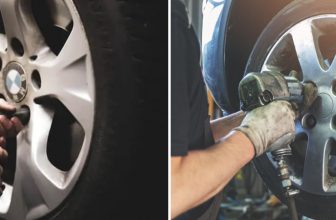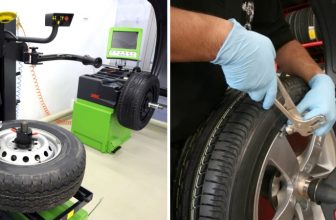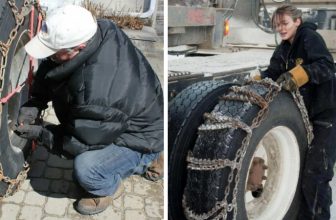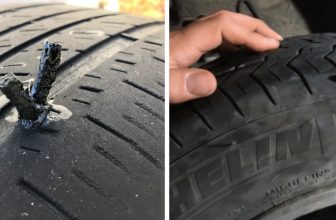How to Fix Inner Tire Wear
If you’ve ever taken a close look at the tread on your tires, then you know that inner tire wear can be a problem. Your tires are the only part of your car that touches the ground, so it’s important for them to be in good condition for optimal performance and safety.
Inner tire wear can create issues with cornering stability and handling, as well as reduce tire life overall. Fortunately, there are some easy steps you can take to prevent and fix inner tire wear so that you don’t have to worry about problems with your vehicle’s performance or safety!
In this blog post, we’ll discuss what causes inner tire wear specifically, how to check for it yourself, and convenient ways how to fix inner tire wear. Read on for more information about keeping your tires healthy!

9 Best Ways on How to Fix Inner Tire Wear
1. Tire Rotation:
Regularly rotating your tires will help to even out tire wear and ensure that the front and rear tires are wearing evenly. It’s important to rotate your tires every 6,000 to 8,000 miles or follow the manufacturer’s recommendation for your specific vehicle type. If you don’t rotate your tires, it will result in the front tires wearing down much faster than the rear tires. So, don’t forget to rotate your tires!
2. Tire Balancing:
Having your tires balanced helps to even out any imbalance in the tire weights and can help reduce inner tire wear. This is especially important if you’ve recently changed the size or type of tires on your car. Make sure to have your tires properly balanced by a professional or you can do it yourself with the right tools.
3. Align Your Tires:
One of the main causes of inner tire wear is incorrect wheel alignment. This can be caused by bumps, potholes, and other changes in surface conditions when driving over the road. Make sure to have your wheels aligned regularly to prevent unnecessary stress on the tires. It’s recommended to have your alignment checked every 10,000 miles or more often if you drive over rough surfaces frequently.
4. Check Tire Pressure:
Under-inflated tires can cause excessive inner tire wear and can also be dangerous as it reduces your car’s ability to grip the road. Make sure to check and adjust your tire pressure regularly according to the manufacturer’s recommendations for your car.
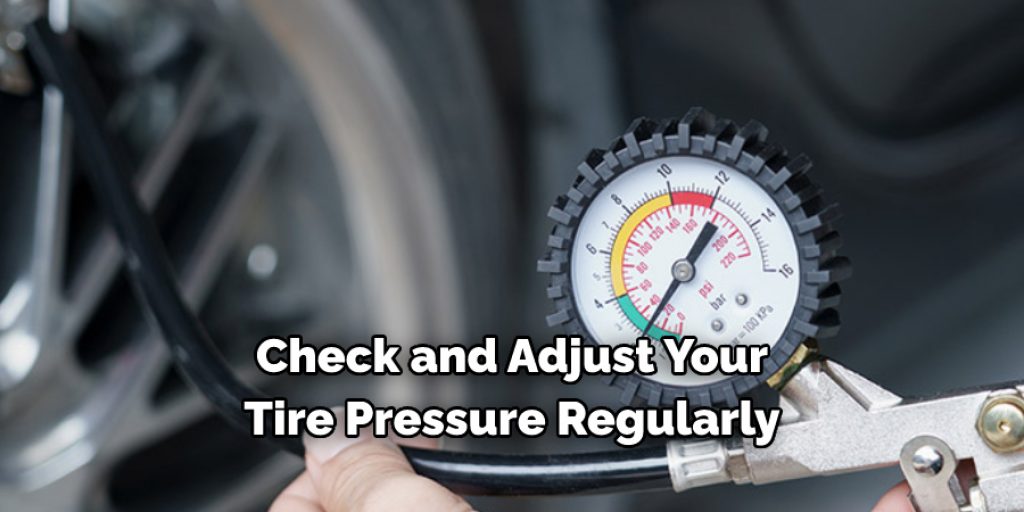
5. Check Suspension:
The suspension plays an important role in how tires wear, so you should have it checked regularly if your vehicle has a lot of inner tire wear. Worn or damaged suspension components can cause uneven tire wear and make your car handle poorly. Have a professional check the suspension for any signs of damage or wear and replace any necessary parts to prevent inner tire wear.
6. Change Your Driving Habits:
The way you drive can also have an impact on your tires, especially when it comes to accelerating too quickly or cornering too sharply. Accelerating too quickly can cause your tires to skid and spin, which will wear them down faster than normal. And cornering at high speeds can put extra strain on the inner edges of the tires, causing them to wear more quickly. Try to drive in a smooth and controlled manner as much as possible to lessen the impact on your tires.
7. Inspect Your Wheels:
Another cause of inner tire wear can be bent or misaligned wheels. If the wheel is bent, it will put extra strain on the tires and cause them to wear unevenly. Have a professional inspect your wheels for any signs of damage or deformities and replace any necessary parts to keep your tires healthy.
8. Check for Uneven Wear:
If you’re noticing inner tire wear, it’s important to check for any other signs of uneven tire wear. This could mean that the car is out of alignment or there are some other issues with your car’s suspension system. Have a professional check for any signs of uneven wear and correct it as soon as possible to prevent further damage.
9. Replace Your Tires:
If your tires have excessive inner tire wear, then it’s time to replace them. Having worn-out tires can be dangerous as they won’t grip the road as well, so make sure to replace them when necessary.
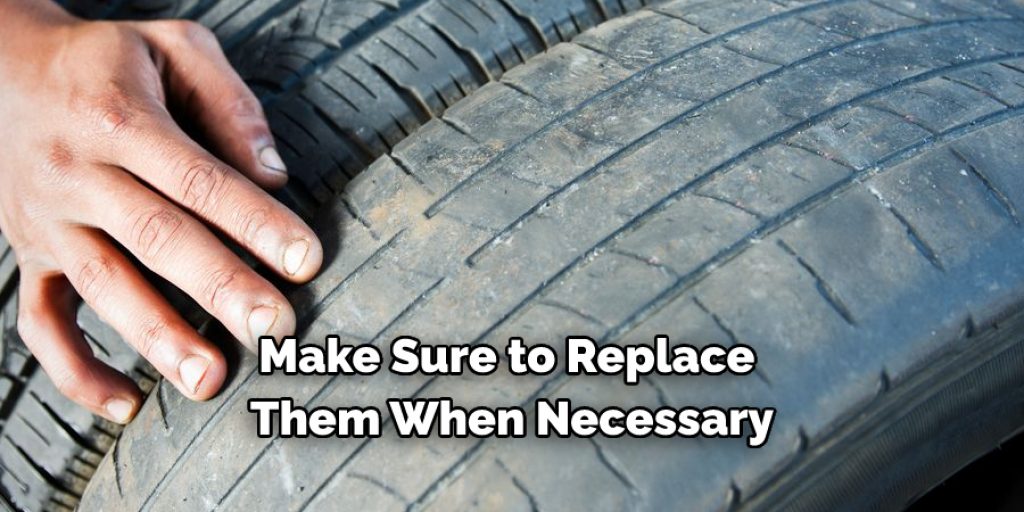
Before replacing them, make sure to check for any other underlying causes of inner tire wear and have them fixed to prevent the same problem from happening again. Replacing worn-out tires will also help improve your car’s handling and performance.
By following these tips, you can help ensure that your tires are healthy and worn properly. Don’t forget to rotate your tires regularly, check the tire pressure, inspect the wheels, and change your driving habits to prevent inner tire wear. If all else fails, don’t hesitate to replace your tires if they become too worn. Taking these precautions will help keep you safe on the road.
What Causes Inner Tire Wear?
Inner tire wear can be caused by a variety of factors, including incorrect wheel alignment, worn suspension components, and overinflation of the tires. When any of these factors are present, the inner edges of the tires will wear prematurely and unevenly.
Poor wheel alignment is one of the most common causes of inner tire wear. If your vehicle’s wheels are not properly aligned, the tires will wear on one side more than the other as your car moves down the road. Worn suspension and steering components can also cause inner tire wear.
Over time, these parts may become loose or worn out, causing the vehicle to pull to one side while driving. Overinflation of your tires is another cause of inner tire wear. If your tires are inflated to a pressure that is higher than the manufacturer’s recommended level, they will be more prone to wear on the inside edge. It is important to check your vehicle’s tire pressure regularly and keep them inflated to its optimal levels.
Additional Tips and Tricks to Fix Inner Tire Wear
1. Revise Your Driving Habits:
If inner tire wear is due to excessive cornering, try slowing down when taking turns. Avoid sudden acceleration and braking, as this can cause tires to slip or skid on the road surface. Also, be mindful of any potholes or uneven surfaces you may encounter on your route. The most common causes for inner tire wear are due to driving habits, so make sure you adjust yours accordingly.
2. Balance and Rotate Your Tires:
Make sure your tires are properly balanced and rotated every 6-8 months or as recommended by the manufacturer. This helps ensure even tire wear over time and will help minimize any potential inner tire wear.
3. Check your Wheel Alignment:
Incorrect wheel alignment is one of the most common causes of inner tire wear, so make sure you check it regularly. Have a professional mechanic inspect and adjust your car’s wheel alignment as needed to prevent premature inner tire wear.
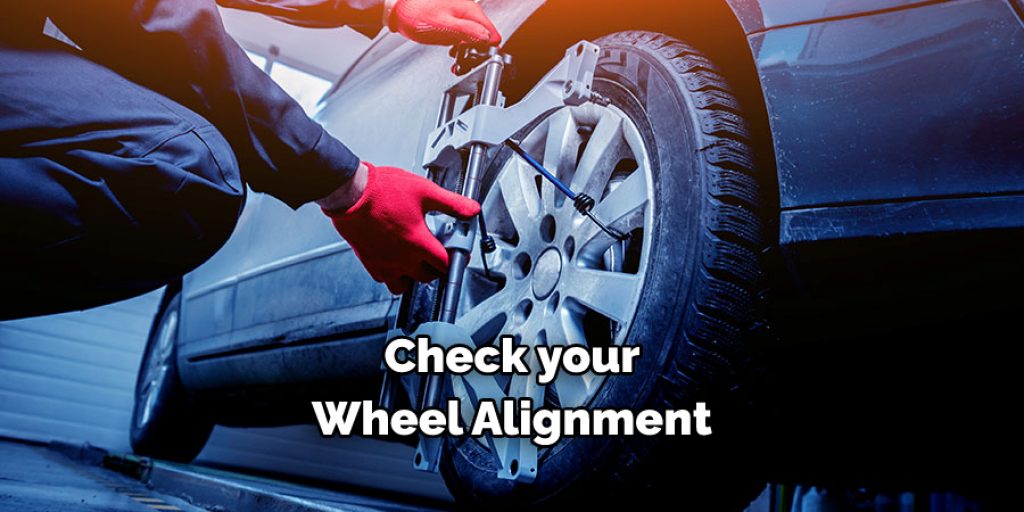
4. Replace Suspension Components:
If worn suspension components are causing your tires to wear on the inside, replace them as soon as possible. Worn suspension components can cause excessive pulling to one side or the other, leading to uneven tire wear. Make sure all of your vehicle’s suspension and steering components are in good working order.
5. Check Tire Pressure:
Regularly check your tire pressure and adjust it to the manufacturer’s recommended levels. Overinflated tires can cause excessive wear on the inside edges, so make sure they are properly inflated at all times. If you find that one or more of your tires is consistently underinflated, have a professional mechanic inspect the tire for any punctures or damage.
Taking care of your tires is essential to ensure a safe and comfortable ride. With the right maintenance and care, you can avoid inner tire wear and keep your vehicle in good condition for years to come.
Frequently Asked Questions
What is Inner Tire Wear?
Inner tire wear is a type of uneven tire wear that occurs when the inside edges of the tires are worn more than in other areas. This can be caused by several factors, including alignment problems, suspension issues, overinflation, or even driving style.
What Are the Signs of Inner Tire Wear?
The common signs of inner tire wear include a scalloped or feathery pattern on the inside edges of the tires and decreased tread depth in these areas. It is important to inspect your tires regularly for any signs of uneven wear.
How Can I Prevent Inner Tire Wear?
Regularly check and adjust the tire pressure to manufacturer specifications, have your vehicle regularly aligned, and inspect the suspension components for any signs of damage or wear. Additionally, practice safe driving by avoiding hard cornering and braking when possible.
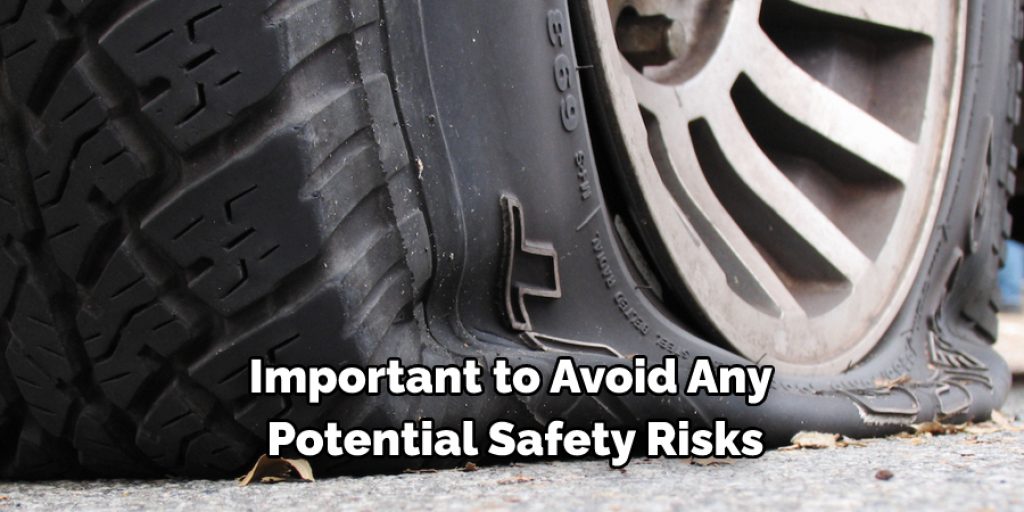
Conclusion
Knowing how to fix inner tire wear is important to avoid any potential safety risks. Keeping your tires properly inflated, making sure the vehicle is aligned regularly, and inspecting the suspension components can help prevent inner tire wear.
Additionally, practicing safe driving techniques will also help extend the life of your tires. If you do experience signs of inner tire wear, it is essential to take action as soon as possible to avoid further damage. If you have any questions or concerns, reach out to a qualified tire technician for assistance.

